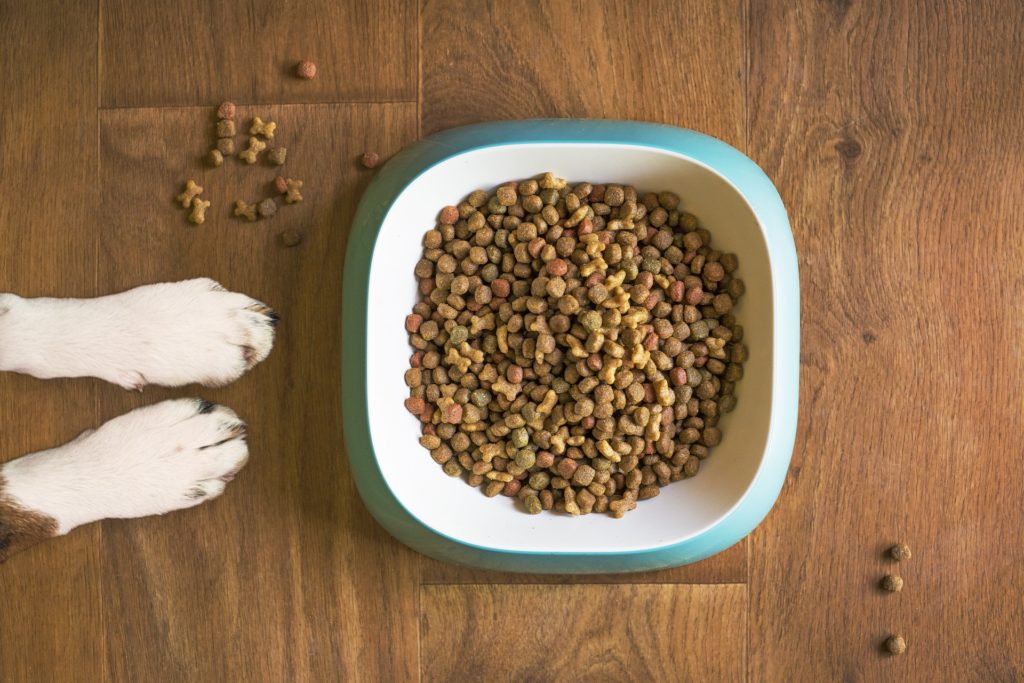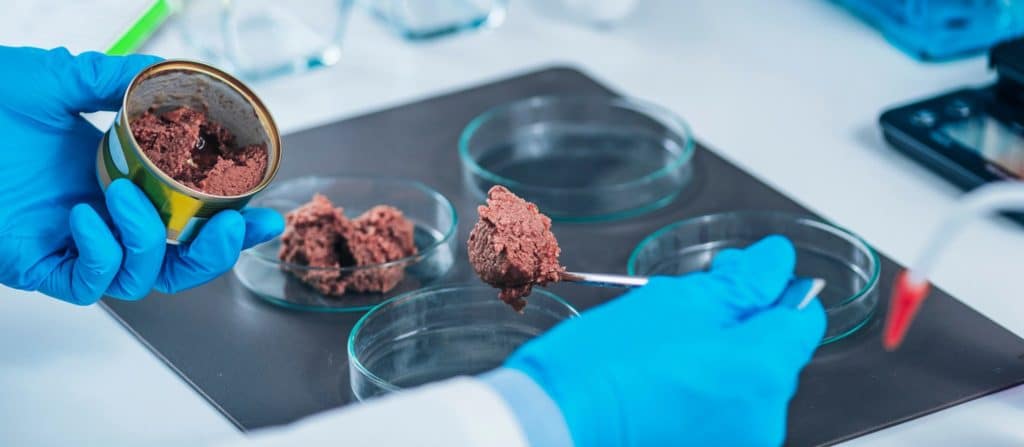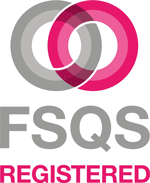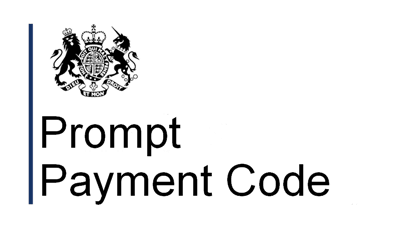Click here to download and read this article as a PDF, or read on below
Recurring food safety failures and product recalls in the pet food sector emphasise the importance of maintaining effective integrity systems including HACCP and VACCP. This is the same as in the human food sector and these systems help to protect against emerging pet food risks as hazards become
more challenging. The impact of the Coronavirus pandemic and supply chains under extreme stress make such controls even more important to protect pet food businesses and the pets themselves.
The pet food industry is highly regulated, for example FEDIAF (European Pet Food Industry Federation) cite “hundreds of pieces of legislation and they are all under regular review” relevant to ensuring pet food integrity. Despite this, there is more that can be done within the pet food supply chain to ensure pet food safety risks are fully controlled. This paper provides an overview of some of these risks and their controls.
Pet Food Market
It is widely acknowledged that pet ownership can improve mental and physical health, resulting in many countries reporting increased pet populations and a “booming” global pet food market. This has increased further during the pandemic as indicated by market analysis:
- Global pet food market value2 > $105 billion
- The market is expected to grow annually by 2% (CAGR3 2022-2026)
The growing importance of pet ownership increases stakeholder pressure to protect our pets and our businesses in an ever-changing world and ensure trust in safe, authentic pet food.
The safety of manufactured pet food
Commercially manufactured pet food is generally recognised as being “safe” but as with the manufacture of human food, accidents can happen in the production process. There may be human error and there could be risks originating from the supply chain; including criminal action i.e. adulteration, food fraud.
Pet food safety failures can have a devastating impact on companion animals and their owners. The 2007 – 2008 melamine scandal, highlighted what can go wrong when economically motivated adulteration (food fraud) results in a significant pet food safety failure. That scandal occurred when ingredients including wheat gluten, widely used in pet food, was intentionally adulterated with melamine to artificially increase protein content and hence market price.
A 2018 article summarises the magnitude and complexity of this crisis as illustrated below:
- Quantity and value of wheat gluten adulterated with melamine: > 800 tons
- Largest recall in pet food industry history
- Recall size: >100 brands; >60 million cans of pet food
- Recall costs: >$42 million
- Estimated pet deaths: >4,000 cats and dogs
- US Class action damages: >$12 million on >20,200 claims
Whilst the approach to pet food integrity (safety, authenticity, and quality) has seen significant advancements since 2008, e.g., Food Safety Modernization Act (FSMA) in the USA, pet food recalls continue to happen, often with the recurrence of the same pet food safety failures, including:
- Excess Vitamin D3 (dry pet food)
- Mycotoxins (dry pet food)
- Thiamine deficiency (wet pet food)
- Foodborne pathogens like Salmonella (raw pet food)
The result was a serious case of pet food safety and supply chain failure.
There is some evidence of an increase in food fraud, in the human food sector, due to the pandemic. The UK Government report states “The Food Authenticity Network, in consultation with its members concluded that the conditions created by the pandemic have increased food fraud vulnerability but
that there was insufficient evidence of ‘dramatic’ increases in specific COVID-19-related food fraud incidents”.
However, there is currently limited evidence of this happening in the pet food sector during the coronavirus pandemic. This could be due to a number of factors:
- Very few incidences of food fraud in the pet food sector have actually occurred
- Effective food integrity systems mean that potential food fraud is identified and controlled before it becomes a reality
- The lag time from a food fraud incident occurring,
investigations taking place and the cases being recorded
in the public domain - Potential under-recording of food fraud as adulteration may be detected during production
Despite the limited cases, the threat and opportunities exist to commit food fraud in the pet food sector. This fact and learnings from the melamine scandal and the more recent 2021 Australian indospicine dogfood recalls emphasise the importance of maintaining awareness as these threats change.

Pet food integrity risk management
Whilst the indospicine incident was relatively localised within Australia, it serves to prompt pet food manufacturers globally to review their pet food integrity risk management approach including the following:
- Which hazards might occur and where? – Use “horizon scanning” to identify emerging hazards
- Identify hazards that are likely to occur and cause adverse health effects. For example, in some geographical regions, Indigofera species are important animal feed crops, with some species producing the plant toxin, indospicine (2,7-diamino 7-iminoheptanoic acid). This can accumulate in animal tissues and can kill dogs if contaminated meat is ingested. Indospicine poisoning is therefore a potential risk in regions where meat used for feeding dogs has originated from livestock
that have consumed plant species like the Australian native species Indigofera linnaei implicated in the Australian dog food recalls. - Consider also raw materials sourced globally, and where the hazards can vary by region
- Identify, implement, and maintain effective control measures
- What agreed raw material specifications are in place? Do these allow blending e.g., different animal species?
- What do the specs. say about non-permitted ingredients?
- Does your approach cover the full process?
- Can you trace back from finished product to the supplier of raw materials
- Can you identify where each batch of raw material was used i.e., finished
product batches? - Can you trace each batch of finished product to the retailers?
- What systems do you have for achieving the return of unfit product in the supply chain up to customers / consumers?
- How often do you test these systems through traceability exercises or
“mock” recalls?
- What product recall and crisis management plans are in place?
- Do the plans include risk assessment, escalation, leadership, action plans,
communication with the media, customers, and regulatory authorities? - Do you train your crisis management team?
- Do you test your team and the plans in a scenario-based simulation exercise?
At a regulatory level, incidents like indospicine also open opportunities to review regulatory approaches towards ensuring pet food integrity. For example, in Australia many stakeholders are now pushing for a switch in pet food regulation from a voluntary basis to mandatory, including recalls.
Practical tips to help beat pet food fraud
Based on HACCP-type principles, VACCP (Vulnerability Assessment Critical Control Point) is the main tool used to identify vulnerabilities in supply chains where food fraud might be committed. There are also some simple operational and mindset changes that support VACCP effectiveness:
Think like a criminal
Use the US National Association of State Auditors, Comptrollers and Treasurers (NASACT) “10 – 80 – 10” rule11 to assess different scenarios:
- 10% of the population will NEVER commit fraud
- 80% of the population MIGHT commit fraud given the right situation
- 10% of the population actively look to commit fraud.
Think like a pet owner
How would you feel paying a “super premium” price for an “organic” product that contained cheaper, standard ingredients?
Develop an anti-fraud culture
Nominate a leader to lead food fraud mentoring, leadership, and communication.
Ensure your raw materials risk management systems are kept alive
Use the “Plan-Do-Check-Act” approach to ensure effectiveness.
Monitor trends and control systems in the human food industry
Keep your VACCP (and HACCP) systems relevant using “horizon scanning” to identify emerging threats.
Summary
The pandemic is challenging our thinking on the global food system. Many experts in the areas of food safety, food integrity and food defence see the pandemic as an opportunity to refocus on how we ensure food integrity. All of these apply to the pet food industry and considerations relevant to pet food integrity include:
- Supply chain risk assessment to identify vulnerabilities and identify appropriate controls Investment in software and technology
- Support efficient, effective data-driven decision making e.g., management of pet food safety and authenticity
- Enhancing consumer trust and engagement through transparency on food integrity
- Agile leadership combining technical skills with interpersonal and communication skills to build stakeholder trust and engagement, whilst assessing and implementing appropriate action
- Resilience in formulations and ingredient supply basis, including flexibility to make change without compromising pet food integrity
- Building knowledge capabilities through training, awareness, and mentoring
- Preparedness in crisis and recall management
- Technical training on pet food science and technology including raw materials and formulations
- Horizon scanning for ingredient and supply chain risks
- Auditing to ensure supply chain compliance


